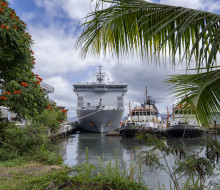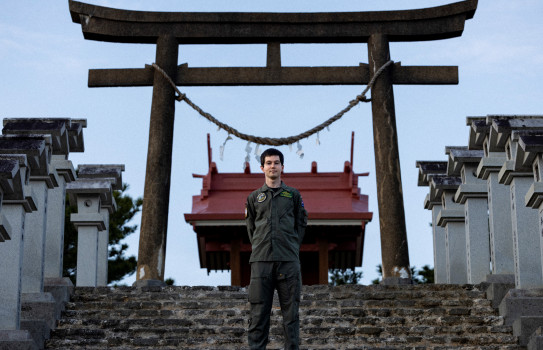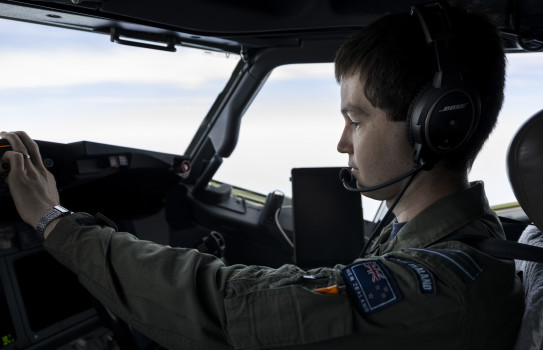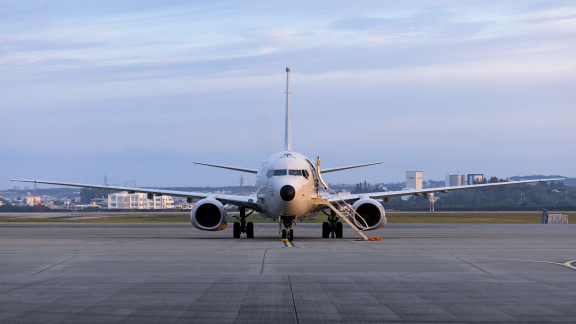
HMNZS Canterbury concludes week-long Fiji deployment
25 July 2025
Unfortunately you are viewing this website on an outdated browser which does not support the necessary features for us to provide an adequate experience. Please switch to a modern browser such as latest version of Google Chrome, Mozilla Firefox, Apple Safari or Microsoft Edge.
Ngā mihi nui
A New Zealand pilot has joined a Canadian counterpart aboard an Australian aircraft in a multinational effort monitoring United Nations sanctions against North Korea.
Royal New Zealand Air Force (RNZAF) Flight Lieutenant Philip Dunlop has just completed a deployment monitoring United Nations Security Council (UNSC) restrictions imposed on North Korea, while flying with the Royal Australian Air Force (RAAF).
FLTLT Dunlop has been on exchange with the RAAF since the middle of last year.
Since then he has finished his pilot conversion course for the P-8A Poseidon aircraft and has been embedded with No. 11 Squadron at RAAF Base Edinburgh in South Australia.
Last month, he completed a three-week deployment with the Australian Defence Force’s Operation Argos.
The P-8A crew conducted airborne surveillance of the waters around East Asia to capture evidence of ship-to-ship transfers of resources used for the North Korean nuclear and ballistic missile programmes.
FLTLT Dunlop was a co-pilot on the deployment and said it was the same type of deployment the RNZAF also takes part in, and is contributing to now.

FLTLT Dunlop in Japan during Operation Argos.

FLTLT Dunlop in the cockpit of a RAAF P-8A Poseidon aircraft.
He and his team were in the region looking for vessels suspected of evading UNSC sanctions, gathering intelligence on them and reporting them back to the Enforcement Coordination Cell, which is based in Japan.
“The P-8A is very capable and we can get a lot of intelligence from flying at a high level.”
However, FLTLT Dunlop said there were challenges to flying in the busy maritime environment.
“We're constantly having to make sure the aircraft is in the right position to let the sensor operators in the back look at the vessels that are of interest and detect anything that's of interest and not get too far ahead or behind.
“Essentially we’re helping to manage the workload of the back end of the aircraft and to be in the right place at the right time to gather that intelligence.”
There were a number of benefits being embedded with an RAAF squadron, including that it was easy to fit in with the team as they operated in a very similar way to the RNZAF, he said.
“The exchanges with Aussie are such a great opportunity - we've got the same kit, we're doing the same things and it’s completely interoperable.
“Being on exchange also allows us to get another perspective on how to operate the P-8A. I see how the Australians are operating it and I’m able to bring those skills and different ways of thinking back to the New Zealand P-8A operations.”
Also on exchange with FLTLT Dunlop is a Canadian pilot, meaning three Commonwealth nations are represented in the aircrew, he said.
“It’s just a really great crew to be a part of.”

Operation ARGOS 25 | Royal Australian Air Force